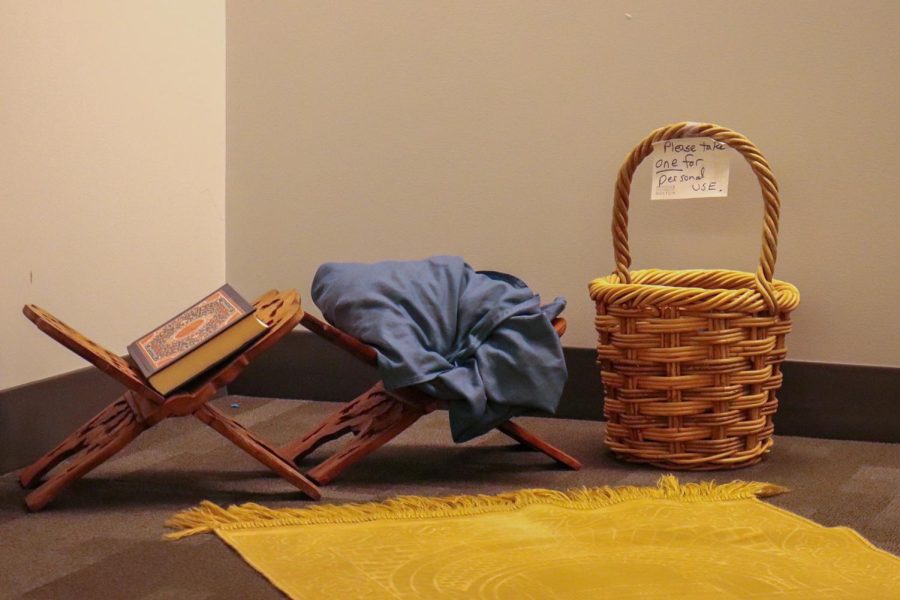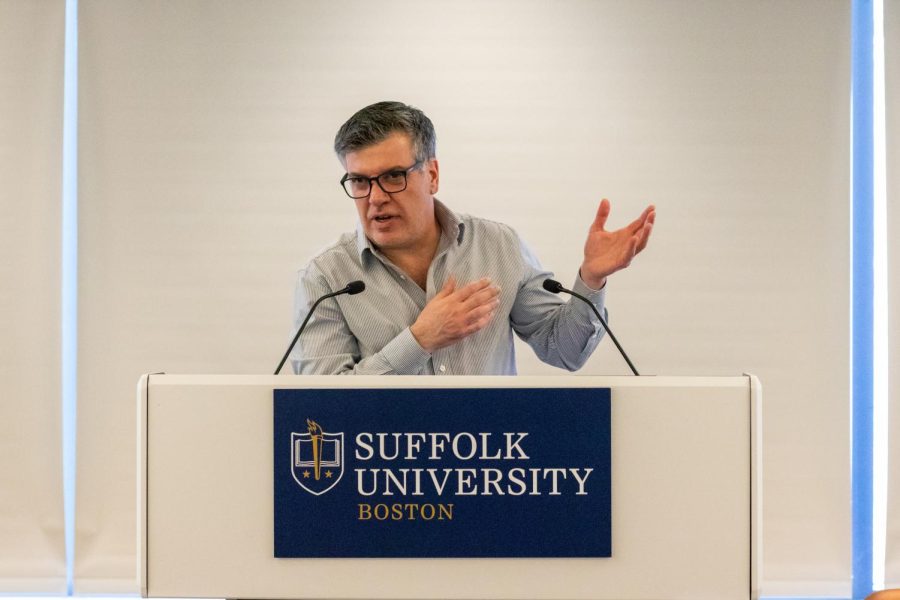A sudden flood from a Himalayan glacier washed through northern India on Feb. 7, causing parts of the glacier to fall into a river where water overflowed in Uttarakhand.
This avalanche has killed 31 people, while 165 remain missing, trapped in tunnels or feared dead, according to U.S. News. Dams, roads and bridges were also destroyed in the process.
There have been concerns about building dams on state rivers in India due to pollution and damaging fragile ecosystems. Environmentalists have campaigned against it, according to U.S. News.
When dams are built on land that is vulnerable to events such as earthquakes, the dams themselves can provoke one that may not have normally occurred. According to Mic, many dams also become neglected over the years and therefore, are a potential threat.
Scientists believe ice melting due to climate change is the cause for this event.
With warming temperatures, thousands of lakes across the world are growing in response, according to Carbon Brief. While scientists have not confirmed the cause, glaciologists are saying a landslide or avalanche is likely to have started the incident.
“Climate change-driven erratic weather patterns like increased snowfall and rainfall (and) warmer winters have led to the melting point of a lot of snow,” said Dr. Farooq Azam, professor of hydrology and glaciology, in an interview with CBS News.
Rapid temperature changes such as the freezing of ice in the winter and thawing of ice in the summer play an important role in this process. According to MSN, when temperatures increase, glaciers lose ice at a faster rate than they collect it.
A threat that scientists fear is a glacial lake bursting: a breach in a glacial lake which causes an outpour. According to ABC News, this was the initial suspicion of the incident in Uttarakhand.
Climate scientist Jeorge Michael Schaefer specializes in Himalayan glaciers and ice at Columbia University. Schaefer told ABC News that the water lakes release into rivers may supply carbon free energy, is equal to the energy of “several nuclear bombs.”
It is difficult to set up nuclear power plants without reducing the risk by feeding water from the lakes in order to control the levels. According to AP, the possibility of this threat is why scientists say this must be prevented.
“Climate change is here and now. It is not something that is going to happen later,” said Anjal Prakash, a contributor to climate change research in the Himalayas, in an interview with U.S. News.












